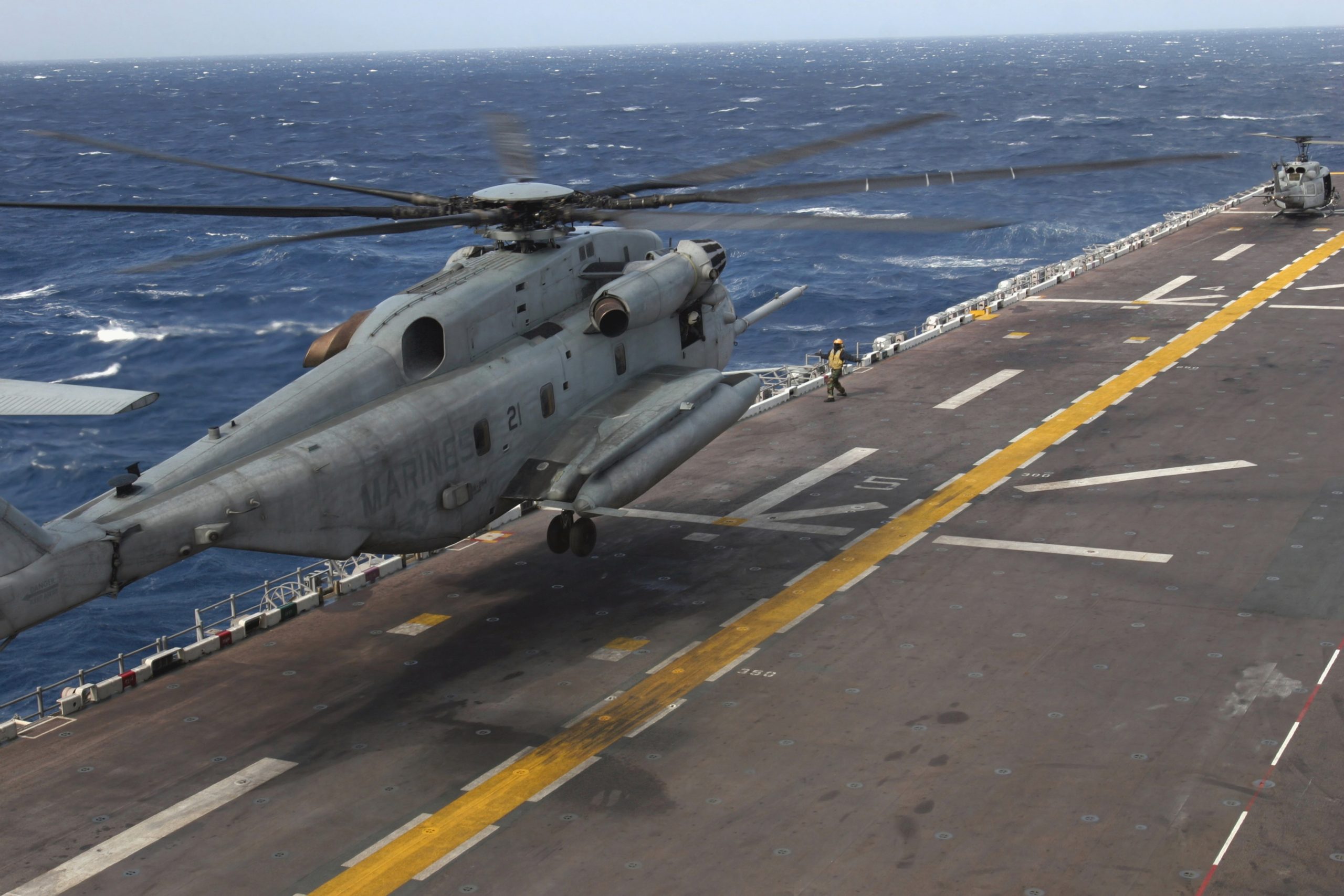More commercial helicopters are in the air than ever before. Blackhawk maintenance has taken on a new level of importance because of all the commercial birds flying around. According to Statista, there are 12,659 registered commercial helicopters in North America. The bottom line is that Blackhawk maintenance improves safety. One of the checks during helicopter maintenance is the stabilizers. Learn what stabilizers do and why they are important.
What is the Stabilizer on a Helicopter?
Every helicopter has a stabilizer. It is a weighted bar that sits above the main rotor. This weight bar is mounted across the rotor. A damaged stabilizer is not unusual, but it needs expert repair as soon as possible.
The stabilizer has weighted ends to help keep the bar stable as it rotates. When the stabilizer bar is off alignment, there can be serious risks.
What Does a Stabilizer Do?
The stabilizer on a helicopter reduces noise from the rotor and cuts down on vibration from the rotor. It helps stabilize the helicopter in all flying situations, including hovering. Without a stabilizer, helicopters are tough to control. The vibration from the rotor without a stabilizer can make for a very rough ride.
Do Stabilizers Fail?
One of the things that Blackhawk maintenance addresses are the stabilizer links. The stabilizer bar itself rarely fails, but the links on the bar can. The bar is constantly rotating when the copter is in motion. The constant rotation puts great stress on the links in the rotary system for the stabilizer. When the linkage shows signs of wear and tear, it needs replacement.
Stabilizers significantly increase the controllability and stability of a helicopter. While a helicopter can run without a functioning stabilizer, it is best to have regular maintenance to ensure that the pilot does not have to use the copter without a stabilizing system.
Regular maintenance is essential to ensure safe operation and to protect your investment. A certified mechanic can provide the Blackhawk maintenance and other helicopter maintenance you need. At a minimum professional maintenance should be done every 100 hours of flight time. It would be best if you did daily and 25-hour, and 50-hour checks according to safety rules. Call to get the maintenance you can count on.

